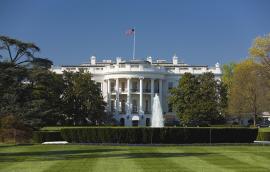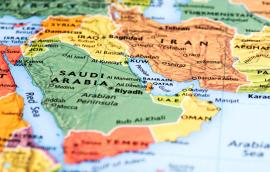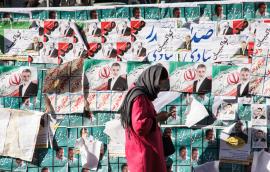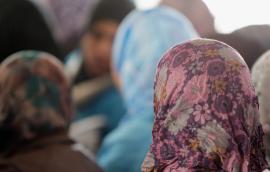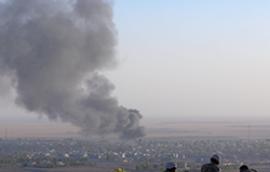Carter Doctrine 3.0: Evolving U.S. Military Guarantees for Gulf Oil Security
Fellows Gabriel Collins and Jim Krane argue in this issue brief that despite changes in U.S.-Persian Gulf trade relations, the U.S. retains an enduring interest in preserving political stability and securing oil flows from the region.
Gabriel Collins, Jim Krane April 27, 2017

